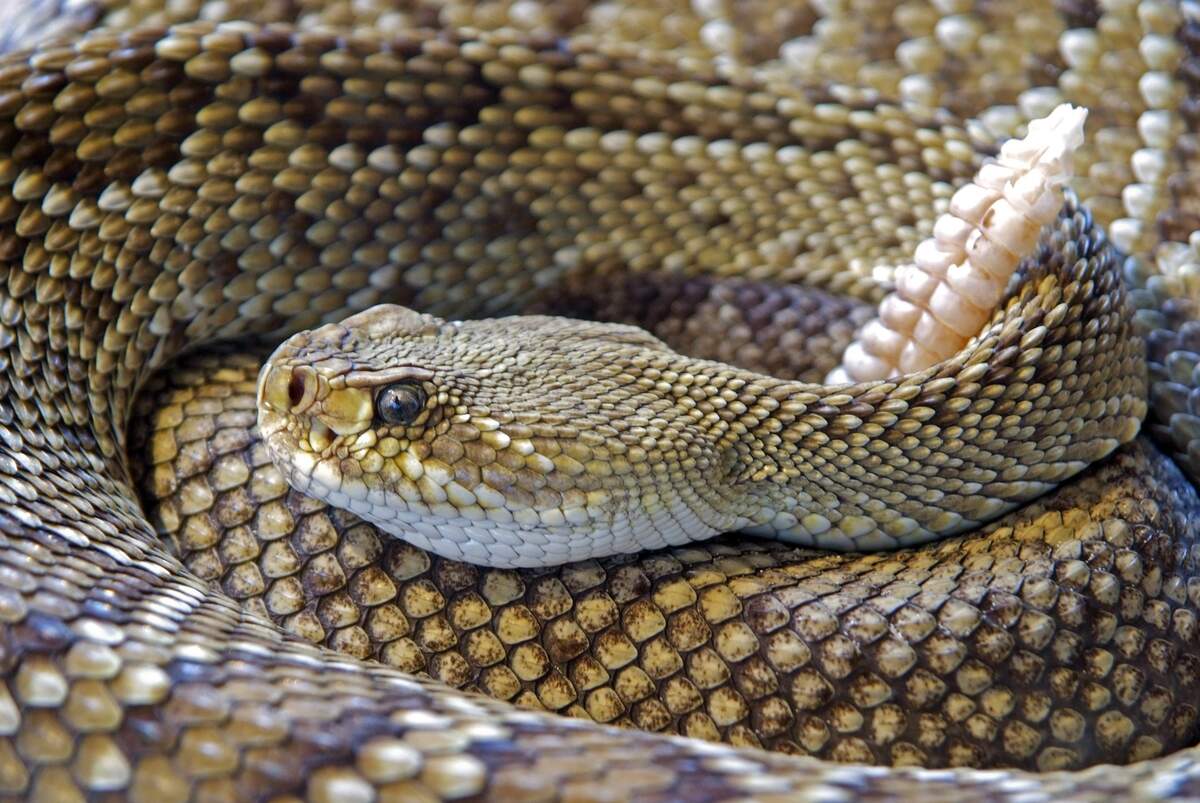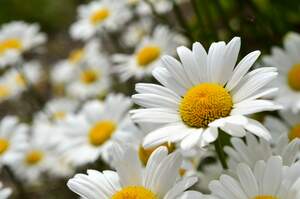

Rattlesnake Roundup Day
Observed
annually on January 28th
Dates
Tags
History & Culture
Pets & Animals
Hashtags
Sources
https://en.wikipedia.org/wiki/Rattlesnake_round-up
https://sowegalive.com/2017/01/27/57th-annual-rattlesnake-roundup-is-tomorrow/
https://whighamrattlesnakeroundup.com/
https://www.crazycelebrations.blogspot.com/2015/01/january-28-2015.html
https://www.livescience.com/43683-rattlesnake.html
https://www.anrdoezrs.net/links/100298379/type/dlg/https://www.newspapers.com/image/247205005/
https://www.anrdoezrs.net/links/100298379/type/dlg/https://www.newspapers.com/image/257150941/
https://www.anrdoezrs.net/links/100298379/type/dlg/https://www.newspapers.com/image/825716450/
https://www.nwf.org/Educational-Resources/Wildlife-Guide/Reptiles/Rattlesnakes
https://www.popsci.com/rattlesnake-roundup-ecology-gassing/
https://www.wheniscalendars.com/when-is-rattlesnake-roundup-day-28/
https://www.worldnationaldays.com/rattlesnake-roundup-day/
Rattlesnakes keep a lookout today because it's Rattlesnake Roundup Day! Rattlesnake roundups—or rattlesnake round-ups or rodeos—are cultural events in the rural Midwest and Southern United States. They originated during the first half of the twentieth century, and are socially and economically significant to the regions where they take place. Western diamondback rattlesnakes are the main focus of such events, but eastern diamondback rattlesnakes, timber rattlesnakes, and prairie rattlesnakes are sometimes involved too. Rattlesnake roundups vary in style and structure. Early ones focused more on rounding up and killing rattlesnakes, while roundups of today focus more on education.
Ostensibly, rattlesnake roundups were introduced to lower the rattlesnake population in the name of public safety, and it wasn't unheard of for thousands of rattlesnakes to be captured during one. Rattlesnake roundups may have lowered the rattlesnake population in some areas—sometimes even to the detriment of the survival of the snake population—but at the same time, there isn't sufficient data showing that snake bites have gone down because of the efforts. During a roundup, captured rattlesnakes may be displayed, sold, killed for food or for snakeskin or other snake products, or released back into the wild. Placing a hose filled with gasoline into holes where the snakes are hibernating is a common way to capture them. The fumes, or gas itself, cause the snakes to slither out. Gassing is now illegal in most places, and some roundups now only use captive rattlesnakes or return all caught snakes back to the wild.
Many contemporary rattlesnake roundups are similar to fairs or festivals, with rides, food, and trade stalls. Education is an important component. Snake shows with information about the identification and biology of snakes, and safety related to them, are common elements. Snakes may be judged and awarded trophies or cash prizes.
Texas, Oklahoma, Georgia, and Alabama are known for holding rattlesnake roundups. The largest rattlesnake roundup, held since 1958, is in Sweetwater, Texas. Another prominent roundup is held in Whigham, Georgia. Starting in the early 1960s, for years it was held on a Saturday in late January near today's date, the date that we celebrate Rattlesnake Roundup Day. It's quite possible Rattlesnake Roundup Day came from Whigham's Rattlesnake Roundup Day.
Sponsored by the Whigham Community Club, the Georgia event now is held in March. More than 20,000 people regularly converge on the small town. The rattlesnakes hibernate in gopher holes during the winter, and in the early years of the roundup, hunters slid hoses down the holes, poured in gasoline, and caught the snakes with long hooks as they escaped the holes. During the 1980s, there was a hunters' breakfast, runs, parades, flea markets, and the collecting, weighing, and boxing of captured rattlesnakes. In the 1990s, live rattlesnake displays, snake handling, snake-milking (venom extraction) demonstrations, and reptile educational talks were part of the Whigham event. What was once a day to round up and kill rattlesnakes is now an educational wildlife festival, where rattlesnakes are displayed and there are educational programs.
Rattlesnakes are cold-blooded pit vipers with a rattle at their tail tip, large bodies, and triangular heads. The pits between their eyes and nostrils allow them to sense heat emanating from potential prey. They also have a Jacobson's organ on the roof of their mouth, which gives them a heightened sense of smell. Rodents, insects, and reptiles like lizards meet their end on account of rattlesnakes, who act quickly to paralyze their victim with venomous fangs and swallow it whole. Lucky for their prey, rattlesnakes only eat about once every two weeks.
Rattlesnakes live in the Western Hemisphere. They are most prevalent in the Southwest United States and Northern Mexico but are also found in Central America and South America. They reside in a number of habitats, including deserts, swamps, scrub brush, rocky hills, forests, and grasslands. There are approximately 29 species. The smallest in the United States, at about a foot in length, is the ridge-nosed rattlesnake; the largest rattlesnake is the eastern diamondback, which reaches between five to eight feet in length. There is a variety in the color and patterns of rattlesnake scales. Dark scales shaped like hexagons, diamonds, or rhombuses are on a background of lighter scales. Rattlesnake rattles are made of interlocking scales that accrue each time the snakes molt. They rattle from muscle contractions and are shaken to ward off predators. There are a number of rattlesnake predators, but there is none greater today than the human because it's Rattlesnake Roundup Day!
How to Observe Rattlesnake Roundup Day
Some ways to mark the occasion include:
- Make plans to attend an upcoming rattlesnake roundup, such as the Whigham Rattlesnake Roundup or Sweetwater Jaycees Roundup.
- If your state allows it, go rattlesnake hunting.
- Get a pet rattlesnake.
- Watch a documentary about rattlesnakes.
- Read a book about rattlesnakes such as Rattlesnakes: Their Habits, Life Histories, and Influence on Mankind or America's Snake: The Rise and Fall of the Timber Rattlesnake.





















